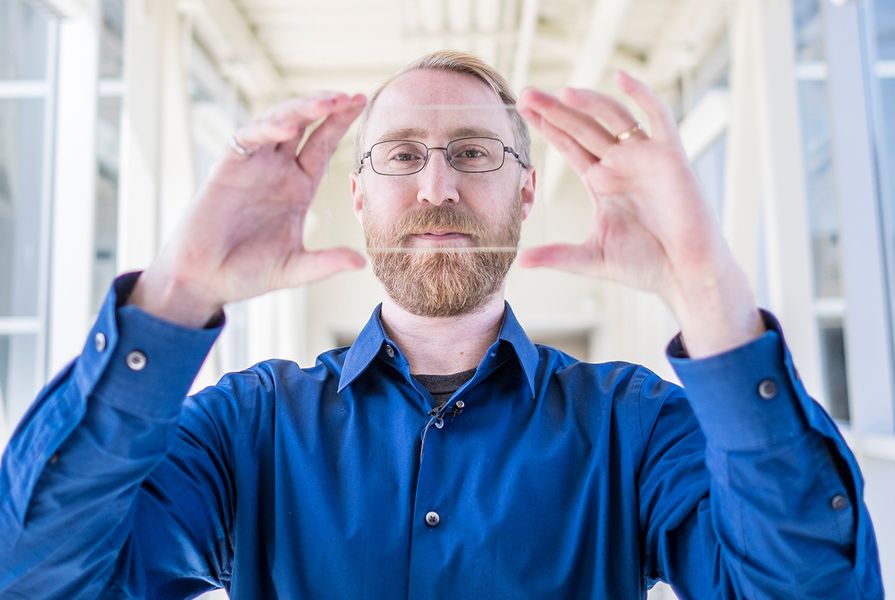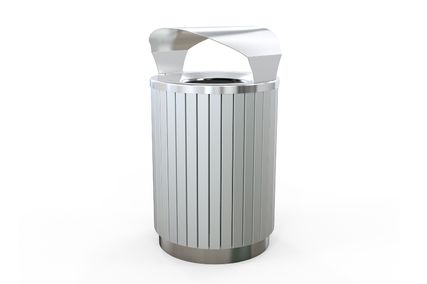New research by a team of American scientists suggests that transparent solar “panels” applied to existing windows could generate as much energy as rooftop solar units.
The study, published in Nature Energy by engineering researchers from Michigan State University, argues that widespread adoption of transparent solar “panels,” together with rooftop units, could nearly meet all of the United States’ electricity demand.
Richard Lunt, associate professor of chemical engineering and materials science, said, “Highly transparent solar cells represent the wave of the future for new solar applications.”
“We analyzed their potential and show that by harvesting only invisible light, these devices can provide a similar electricity-generation potential as rooftop solar while providing additional functionality to enhance the efficiency of buildings, automobiles and mobile electronics.”
Lunt was a part of a team at Michigan State University that, in 2014, developed a transparent, plastic-like solar energy collector that could be applied to any number of surfaces.
The system uses organic molecules to absorb invisible wavelengths of sunlight. The researchers can “tune” these materials to pick up just the ultraviolet and the near-infrared wavelengths that then convert this energy into electricity.
Lunt said the primary benefit of the system was the potential for widely scaleable deployment.
“It opens a lot of area to deploy solar energy in a non-intrusive way […] It can be used on tall buildings with lots of windows or any kind of mobile device that demands high aesthetic quality like a phone or e-reader.
“Ultimately we want to make solar harvesting surfaces that you do not even know are there.”
He added that the researchers had been able to produce panels with a transparent solar-collecting layer. “No one wants to sit behind coloured glass,” he said. “It makes for a very colorful environment, like working in a disco.”
Although the transparent solar applications are still in the development stage, Lunt said that they were unlikely to ever be as efficient as their opaque, rooftop counterparts.
Their advantage, however, comes from the much larger surface area that they could potentially occupy. In the study, the researchers note that there are an estimated 5 to 7 billion square metres of exterior glass surfaces.
“Traditional solar applications have been actively researched for over five decades, yet we have only been working on these highly transparent solar cells for about five years,” said Lunt.
“Ultimately, this technology offers a promising route to inexpensive, widespread solar adoption on small and large surfaces that were previously inaccessible.”
















